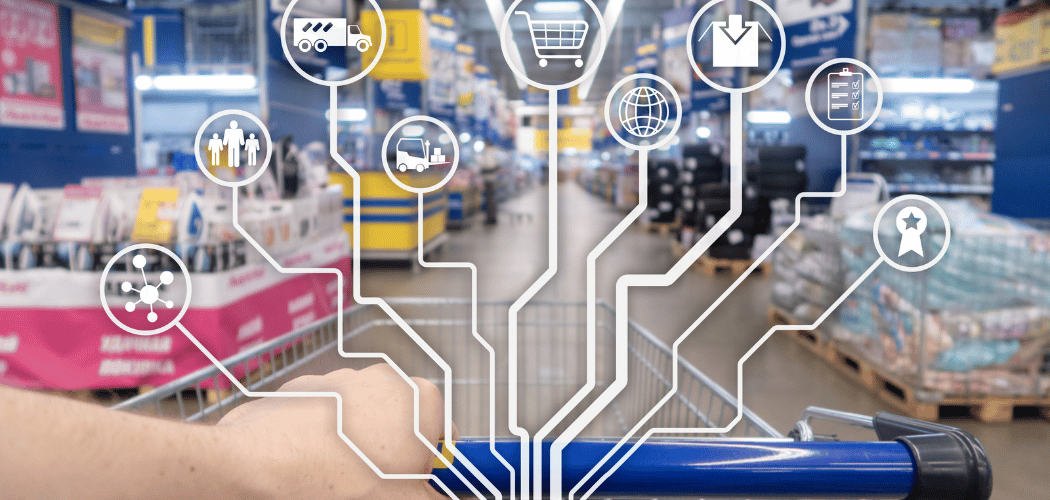Photo by Victoria Heath
You've mustered the courage to cut the cable on your television service at home. In the end, the decision was easy as you had built up so much anger at the inability of the oligopolistic set of providers (you know the names) to deliver higher quality customer service and make what has evolved into a utilitarian, "must have" service something a bit more customer oriented. Your anger was not frivolously triggered for, as you experienced, it did not matter whether you switched from ATT U-Verse to Dish TV, to Xfinity and back again, you always seemed to end up in the same place - frustrated by rising monthly costs after your "new customer deals" expired, and on the receiving end of less than stellar customer service when needing to diagnose an outage, swap equipment or investigate options to change your channel package.
If you think this is a harsh rant on the state of cable and satellite TV services, you may be right, but I offer two bits of anecdotal evidence that you should easily identify with to explain my perspective. Taken together, they endorse the premise that the cable companies could be doing a much better job in marketing their services to customers and retaining them in a happier state over the long term:
1 - Regarding Pricing: Visit the office water cooler (whatever that looks like these days in a digital age) and ask your colleagues how best to reduce your cable bill. The first thing most people will say is "tell them you're going to cancel" and they'll offer you a better deal. Some will say that you should cancel service without conversation and then sign up again (with the same or another carrier) to take advantage of new customer pricing. Of course, some will say "just cut the cable and get streaming service". When quitting is the only practical path to reaching a better agreement, the fundamental relationship between two parties is broken.
2 - Regarding Service: When you need service at home, you call a toll-free number and schedule a technician to visit your residence during specified hours. The outcome of that service visit depends 100 percent on the attitude and talents of the contracted technician that shows up at your house. I've had people arrive on site that hurry through their visit with the goal to check it off their list. I usually end up calling for a follow up appointment in those cases as the original problem was not solved with any permanency. I've had others who take time to thoughtfully diagnose the problem. Those people will not only stay until the job is done to a successful conclusion, but in some cases will offer up shortcuts, tips and insider perspectives to improve your future experience. Essentially, these large cable companies have delegated their customer satisfaction to factors out of their control.
Given the dynamics of the customer relationship between cable providers and their customers, you can see why more and more people are experimenting with streaming service. If you have purchased your Amazon Fire, Chrome Cast, ROKU, or another "stick" to get started, you probably know that a wide world of new content providers awaits. The first thing you notice is that dozens (at least) of channels are available for download. Some, like Netflix or ESPN, you were already watching on cable. You might have started with these channels. Others, like Sling, Fubu, and YouTube TV offer packages of channels. These providers offer a service that resembles what you are accustomed to with first network and now cable TV, a base group of channels for a fixed monthly price with the ability to add on more channels for additional fees. All of the consolidator services are paid, but as you surf through the myriad of channel choices, its often unclear if an individual channel is fee based, "free" but ad laden, or really free.
Here's where Customer experience comes into play. I'll use one recent example to make a point. I was searching for a specific movie to watch and it was not available on any of the channels included on my Amazon Fire. It turned up on a channel that I had not yet downloaded, Sony Crackle. We easily downloaded Crackle and started our movie. All was going well, when 10 minutes into the flick, the screen froze and then shifted to 2 minutes and 30 seconds of advertisements. The ads were just the same as you would see on any other TV service - cars, auto insurance, etc. The ads continued about every 10-12 minutes throughout the movie and in the end extended the screen time by more than 33%. We were surprised that Crackle didn't tell us what we were getting into. If we had known what to expect, we might have searched for another option, even a rental option.
Research has shown that consumers value choice and control as contributors to their brand loyalty. In this case, giving us a clear choice of renting the movie ad-free for a small fee or burning 30 minutes of our life in exchange for a "free" movie would have been a choice logical to present to a customer. The CX lesson to be learned? Acquiring a customer and disappointing them in their first transaction leads to defection, not loyalty. Be exactly who you are and the natural segment of the market that likes your offer will come your way. I'm not saying that Crackle intended to deceive me, but its lack of disclosure meant that my expectation of "free" was not met and, they may have lost me forever as a result.
Here's where customer service comes into play. I've had Sirius radio for a while in my vehicle. To my own surprise I have been willing to pay for radio as I found that the choice of music and absence of ads was fair value for the money tendered. I've also been using Sling TV during my first foray in the land of streaming media. When I had a service problem or question, I used Twitter to contact them both. In each case my Tweet was recognized, and I engaged brief convos in that channel that led in both cases to answering my questions. There's a chance that the exchange in the public stream may have helped other customers of each service as well. This fresh approach to customer service led left me impressed with each brand and led to an intangible mental "deposit" being made to the "loyalty bank" of each brand. Those deposits are the seeds of long term customer loyalty. I contacted Crackle in the same way and to date have not received a response.
Here's where customer loyalty comes into play. The consolidator services can take big strides to differentiating one from another and creating a more loyal customer base by not just delivering content, but by informing customers about that content and helping them curate a package of channels that serve their interests and fits into their budget. Whichever of Sling, Fubu, YouTube TV takes leadership in this area first, will get a lead in customer acquisition and retention. Sling just announced a price increase of 25% but justified the increase through the addition of multiple channels, some of them popular such as Nat Geo and ESPN. I was excited until I found that only top-level parts of ESPN (SportsCenter for example) were included, but "30 for 30" and many other features required additional fees. Rather than be surprised by this discovery, I would much rather have Sling be fully transparent in its offer.
Cutting the cord holds the promise of choice and control for people who enjoy streaming media of all types. It's not too late for the traditional cable companies to transform their model to offer customers greater ability to customize the content they want to consume. They can also improve customer service and I believe this is a matter of willpower, not resources. For the moment though, the consolidators in the streaming world hold the advantage. How they play their CX and Loyalty cards going forward will determine whether they reinforce the message that streaming service is not just different but better than legacy options.
Bill Hanifin is CEO of The Wise Marketer and is a Certified Loyalty Marketing Professional (CLMP).




